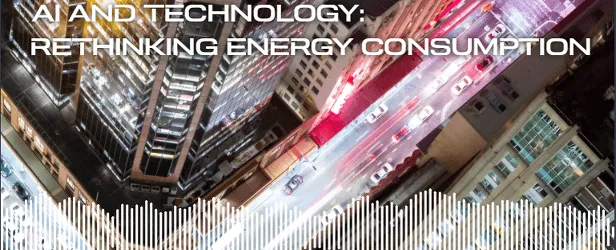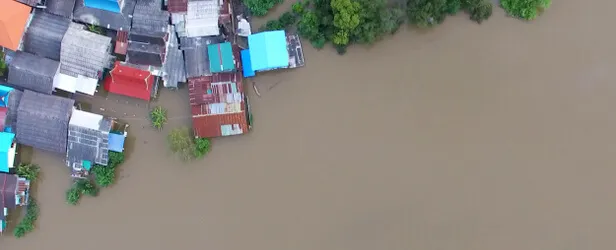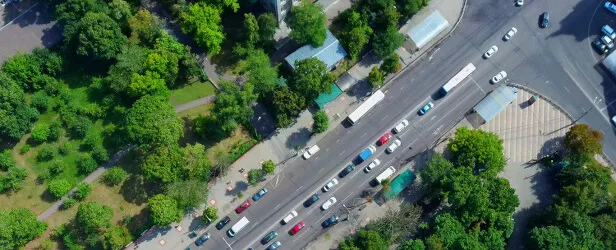AI and Technology: Rethinking energy consumption
How can we harness the power of new and emerging technologies to meet clean energy goals? Gavin McCormick, founder of non-profit technology company WattTime, argues that we need to think beyond generation of renewable energy to focus on the exact moment we use it, if we’re going to see real change in the next five to ten years.
In this first episode of our new series, we take a look at the big picture in terms of global emissions, and how new AI tools are helping consumers to automatically use energy when it’s at its cleanest. Gavin, who is a behavioural economist, explains the need for a shift in mindset – from blaming energy producers and users for emissions to empowering them to make smarter choices. He also discusses the impact of COVID-19 on corporate consumption levels, and the role data will play in redesigning utilities’ energy efficiency programmes. Finally, he shares his view on what will enable us to Transition Faster Together to a clean energy future.



